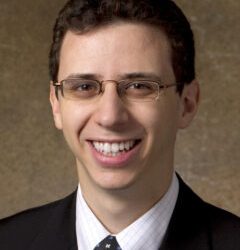
While oral health and dentist-use are generally similar in United States and England, U.S dentists write 37 times as many opioid prescriptions as their English counterparts, according to a newly published study.
The findings, reported in May in JAMA Network Open, highlight an ongoing concern about the prescribing habits of US health practitioners and how they may be contributing to America’s epidemic of opioid abuse.
The new study concluded that 22.3% of the prescriptions written by American dentists during 2016 (more than 11.4 million prescriptions) were for opioids, compared to just .6% of English dental prescriptions (28,082) that same year, the authors of the new study noted.
The researchers observed that one in 10 of the opioids prescribed by U.S. dentists were drugs such as oxycodone that have a high potential for abuse and diversion. Dentists in England did not prescribe those opioids. In fact, they only prescribed one type of opioid – a codeine derivative called dihydrocodeine that is the only opioid included in their National Health Service formulary.
American dentists remain among the nation’s leading prescribers of opioid pain medications, according to numerous studies.
A research letter, published last year in the American Journal of Preventive Medicine reported that dentists came in sixth among opioid-prescribing health specialty groups; collectively these groups wrote more than 209 million opioid prescriptions during the 12 months between July 1, 2016, and June 30, 2017.
“The specialty groups accounting for the greatest proportion of dispensed opioid prescriptions were family medicine (20.5%); internal medicine (15.7%); nurse practitioners (9.9%); physician assistants (9.3%); pain medicine (8.9%); and dentists (8.6%)” the authors observed.
At that rate, dentists wrote more than 18 million of the opioid prescriptions dispensed during the period that was reviewed.
Those prescriptions are often for patients who have undergone surgical tooth extractions – including approximately 3 million mostly young adults who have wisdom teeth extracted each year, other studies have found.
And addiction often begins with a routine prescription for pain medication.
With deaths involving prescription opioids surpassing 17,000 annually in the U.S. according to federal estimates, health leaders and educators have increasingly appealed to colleagues to consider safer alternatives when helping patients manage pain.
They continue to reach out to dentists, whose opioid prescriptions for adolescents actually increased over several recent years, according to a 2018 study of private insurance data, published in the Journal of the American Dental Association.
For more background and research to help inform your coverage, see this new tip sheet.








